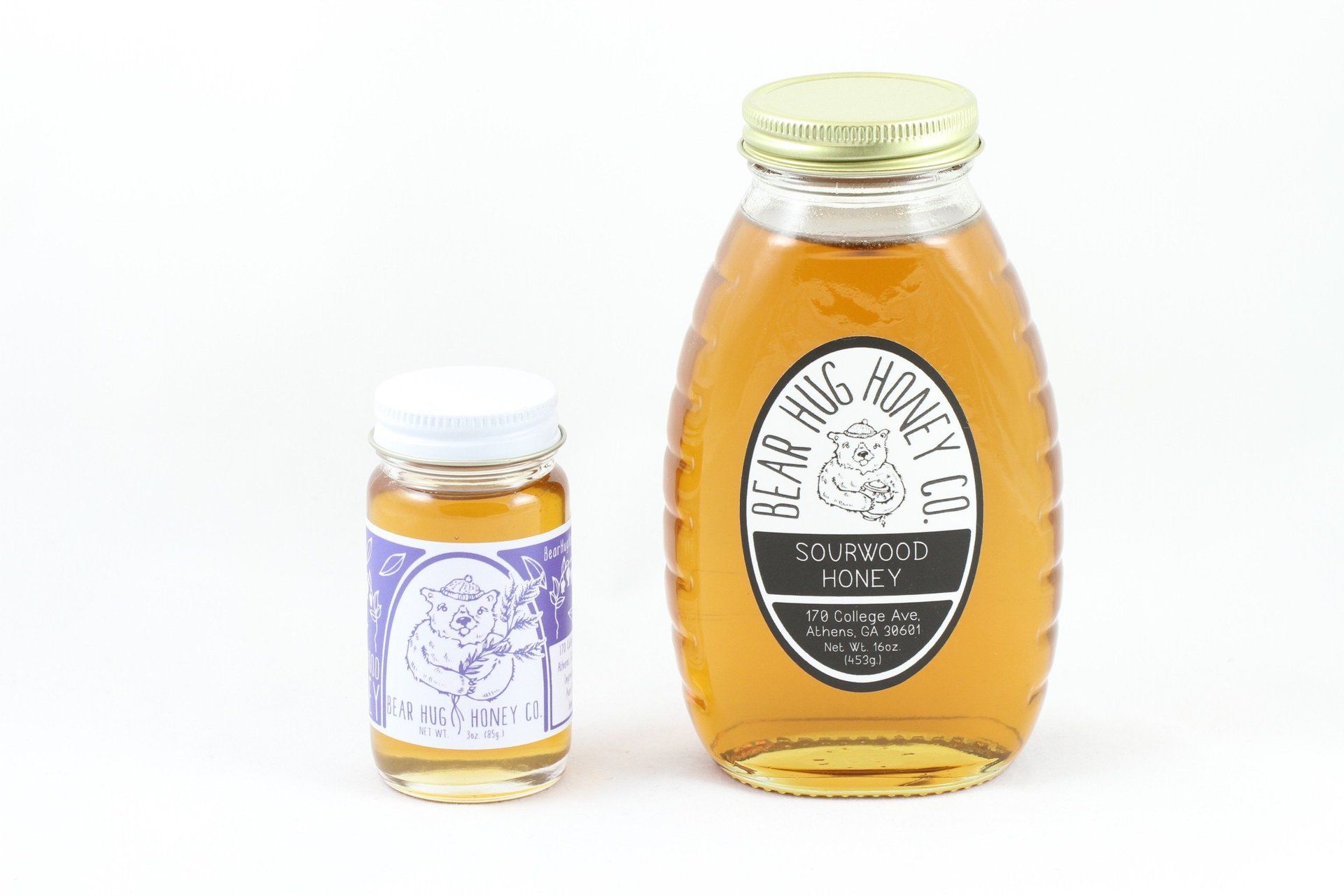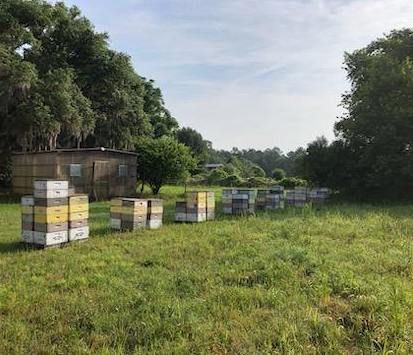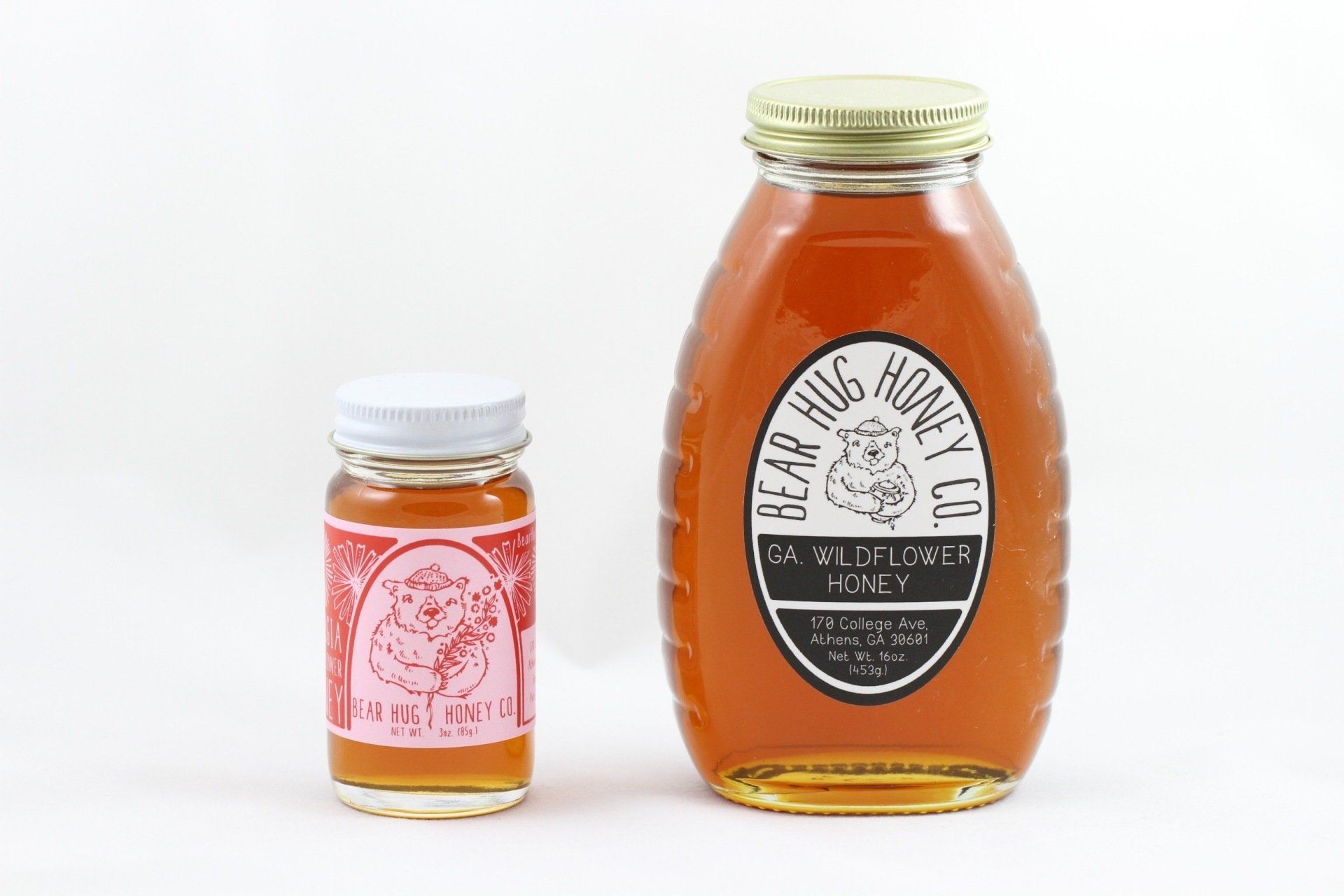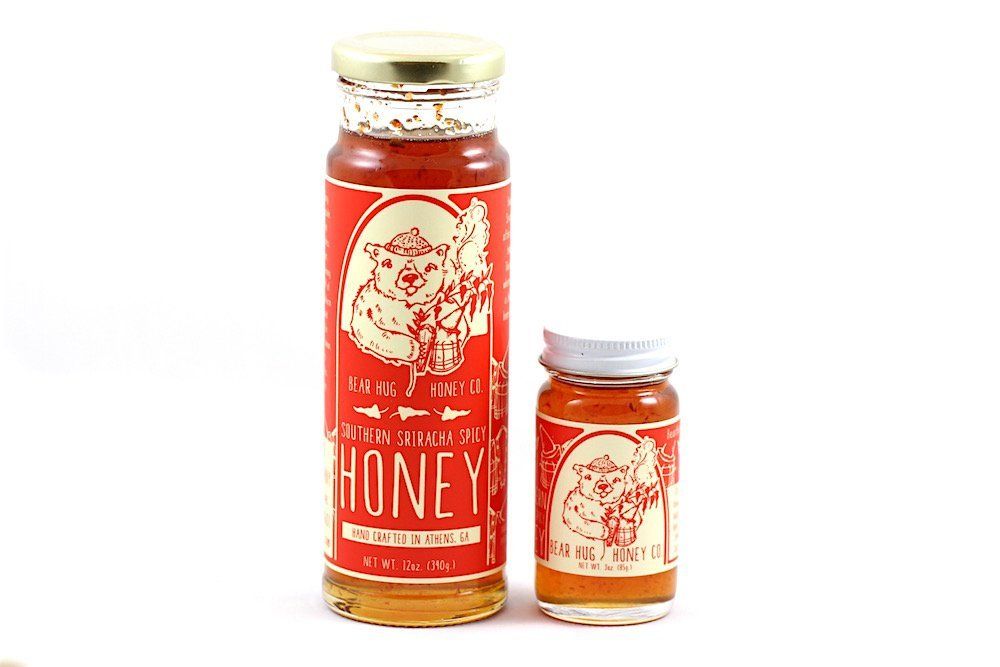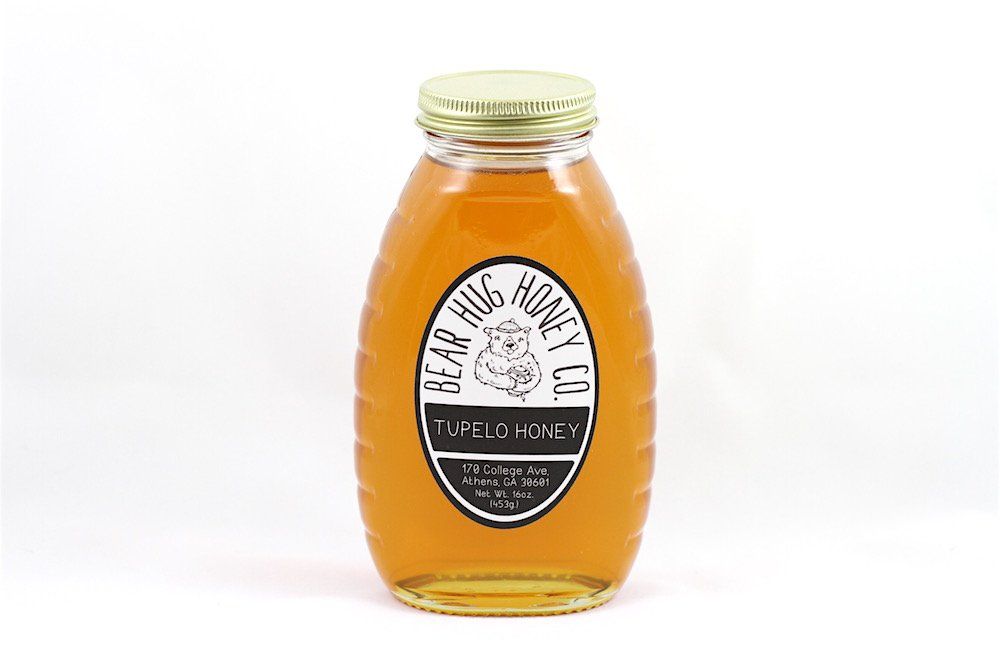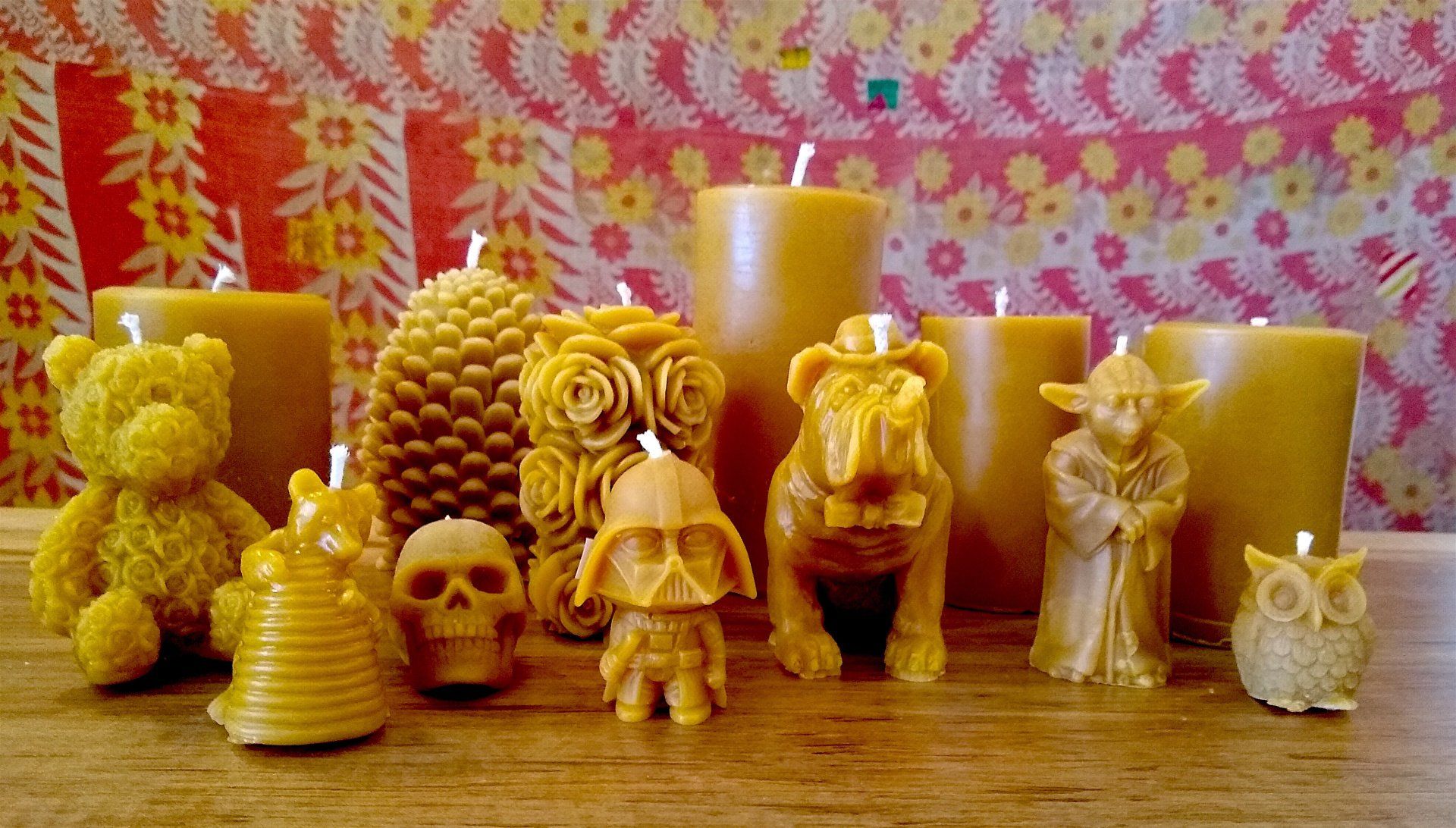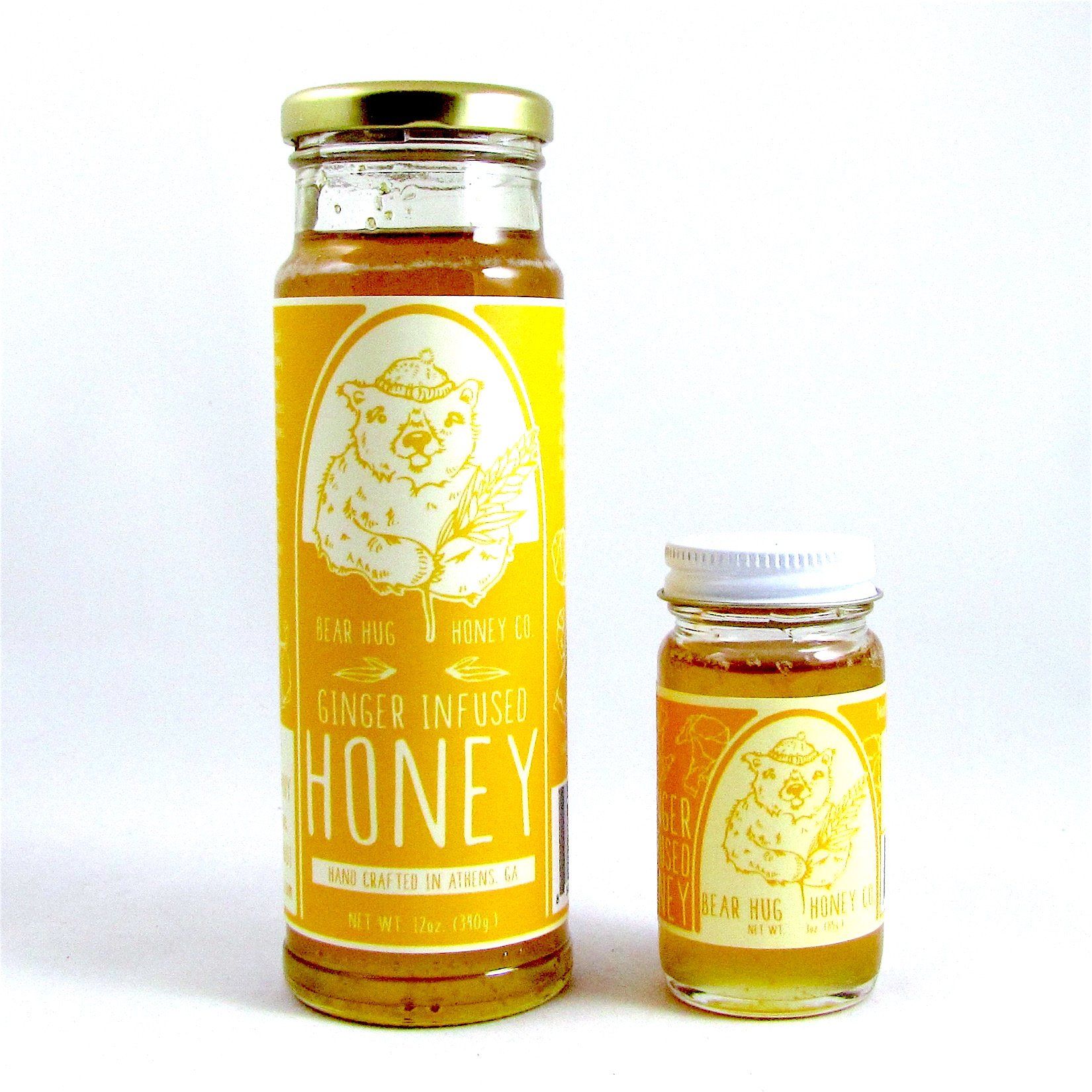Sourwood Honey - The Best Honey in the World!
Bear Hug Honey • August 26, 2019
Sourwood Honey ~ Pure, Raw, Delicious
Sourwood Honey
is one of the most sought after honeys in the world. The Sourwood Tree is a tree that grows in the Appalachian Mountains of North Georgia, North Carolina, and parts of Tennessee.
Sourwood Honey comes from the nectar of the flower on the Sourwood Tree, which blooms in July/August of each year for about 6 weeks. It's during this time that we take our bees up to the Mountains of North Georgia and prepare for the Sourwood bloom. Once the Sourwood bloom sets, our Beekeepers place new Frames in the Supers allowing for the the Sourwood Honey Nectar to be brought back to fresh frames, ensuring pure delicious Sourwood Honey.
The Color & Taste:
Sourwood Honey has a beautiful, light amber color, and a full buttery, caramelized flavor that will melt on your tongue. It's like no other honey, and once you have pure Sourwood Honey, you'll understand why!
Sourwood Honey also has the distinction of winning Worlds Best Honey on two separate occasions!
What's it good on?
Sourwood Honey is delicious on just about anything!
From hot tea, cheeses, fruits, oatmeal, granola, biscuits, waffles!
Health Benefits of Sourwood Honey
All honey is naturally anti-bacterial, which is why honey never goes bad! For this reason also, honey is great for your skin; on cuts, scrapes, and burns. Honey also has the local pollen in it, which has been known to help with allergies.
Sourwood Tree
The Sourwood Tree, Oxydendrum arboreum
, has beautiful white bell-shaped flowers in early summer. Its leaves are rich green color and turn crimson-red and purple in the Fall.
Sourwood Trees bloom from June to July, which is when our Beekeepers will take their hives up to the North Georgia Mountains to harvest Sourwood Honey.
Sourwood Trees can live up to 200 years.
Sourwood Honey got it's names from the semi-sour taste of its leaves. Mountain hikers and climbers still use Sourwood leaves to make a tasty tea while hiking.
Where to Buy Pure Sourwood Honey?
You're in luck!
As long as supplies last, you can purchase directly from our website here: Sourwood Honey
or our shop in downtown Athens!
-----
Introduction:
Truly a tree for all seasons, Sourwood is one of our most beautiful natives and is ideal as a small specimen tree. It has lovely flowers that open in mid-summer, excellent fall color, and hanging racemes of fruit capsules in the winter. Sourwood offers some of the best fall color among trees in the South, and has the best red of any of our natives. Fall color ranges from red to purple to yellow, and all three colors are often on the same tree.
Culture:
Sourwood is an exceptional tree for slightly acidic (pH 5.5-6.5), well-drained soils. It can be grown in full sun or partial shade although fl owering and fall color are best in full sun. The tree does reasonably well in dry, neutral soils. Sour-wood can be grown in Zones 5 (perhaps 4) to 9. This tree will not tolerate dry, compacted, alkaline soils or deicing salt, and is sensitive to root disturbance, so it is not ideal for urban areas. Sourwood has no serious pest problems. It should be transplanted as a young, balled-and-burlapped or container-grown plant.
Additional information:
Sourwood’s bark is grayish brown tinged with red, and deeply furrowed with scaly ridges. In the wild, its bark often looks blocky like that of persimmon. Planting Sourwood next to black gum (Nyssa sylvaticato black gum (Nyssa sylvaticato black gum makes for a great fall color combination. Sourwood makes an excellent specimen tree, and can also be used in shrub borders with Rhododendron, Pieris and Leucothoe. Sourwood’s wood is hard and has red-tinged brown heartwood and thick layers of pale sapwood. Lumber is used for tool handles and was once used to make wagon sled runners. Sourwood flowers are very attractive to bees, and Sourwood Honey is common in the South. Its honey, which has a medium to light color with heavy body, is slow to granulate.
The scientific name for Sourwood comes from the Greek words oxys (acid) and dendron (tree) and refers to the sour taste of its leaves. The leaves are used as a thirst-quencher by hikers and mountain climbers, and were once brewed to make a tonic. The largest known Sourwood in North America is in Robbinsville, N.C. It is 118 feet tall with a 2-foot trunk. Sourwood was introduced into the landscape in 1747.
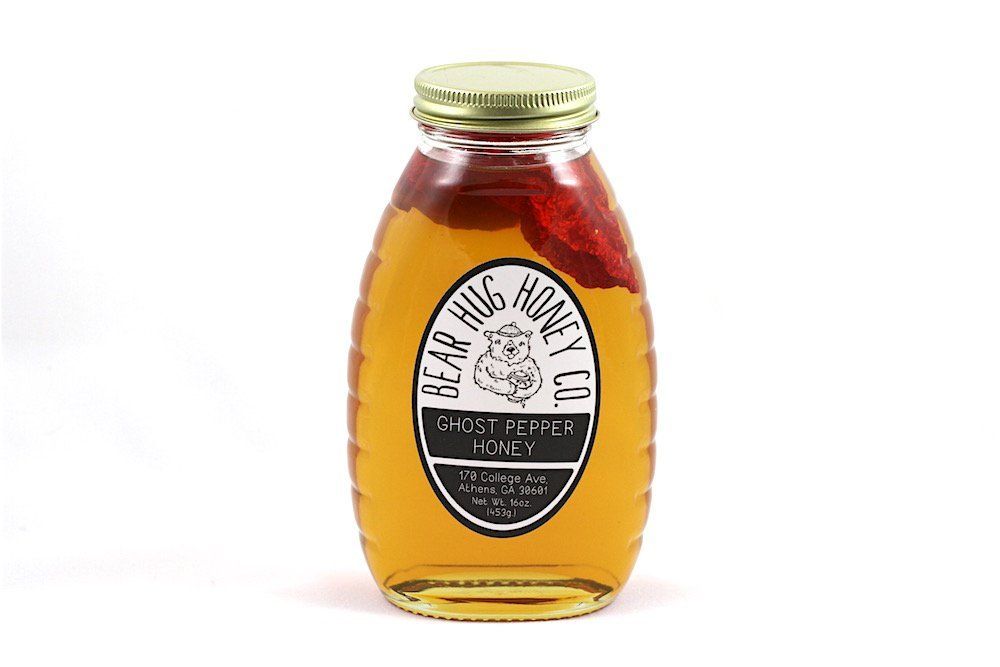
When most people hear, Ghost Pepper, they think painful, tear-inducing heat.. HOWEVER, the magic of our Ghost Pepper Honey is that the cool sweetness of our honey balances out the heat of the the Ghost Pepper. Sure, our Ghost Pepper Honey has a kick, but it is definitely an enjoyable and delicious kick.
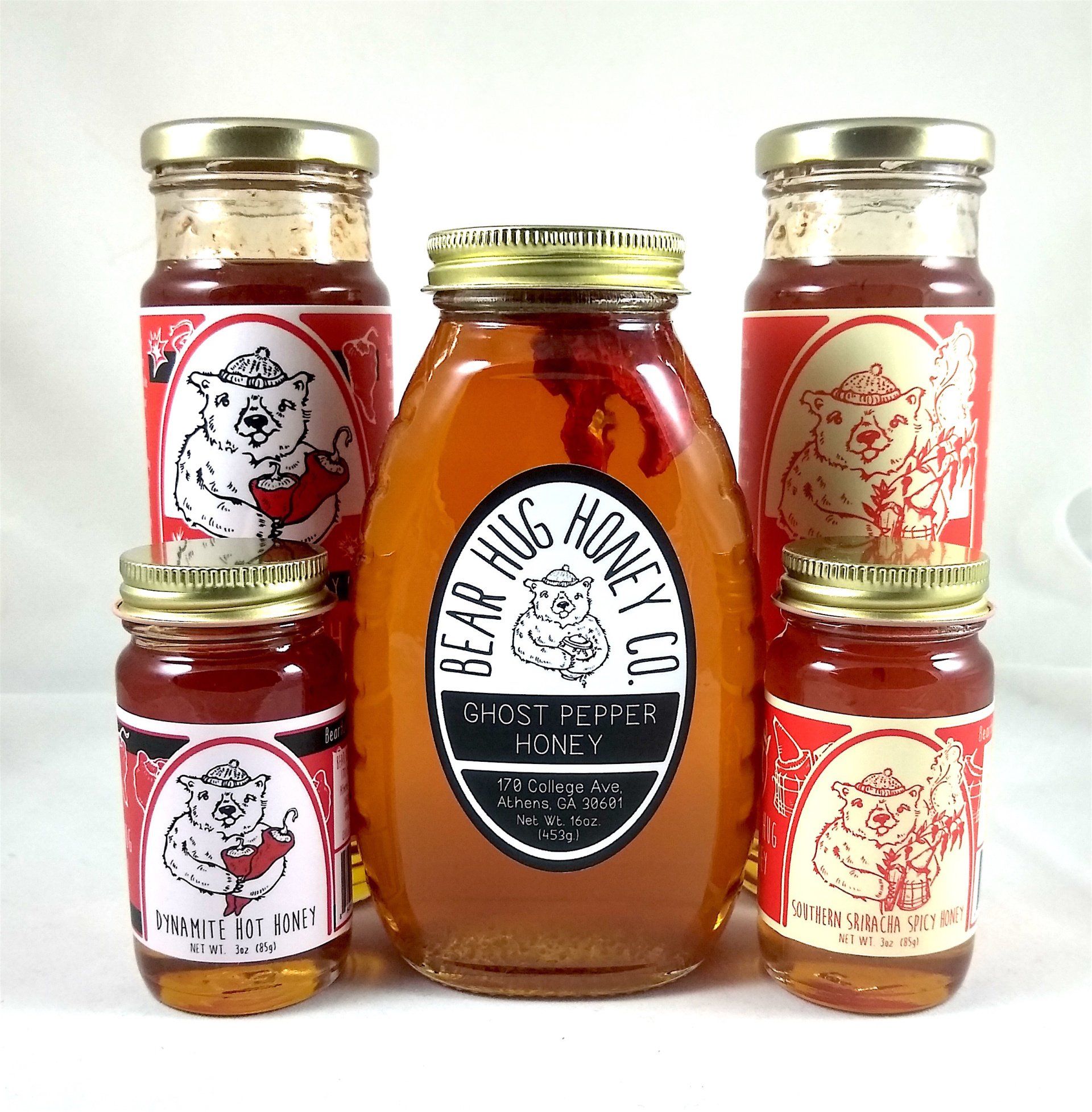
Many people like sweet; many people like spicy. However, most have never considered combining the two. Until now..After experimenting in the kitchen with a variety of different spicy peppers and sweet honeys, we here here at Bear Hug Honey Company think we have found a few perfectly delicious combinations: Hot Honey.
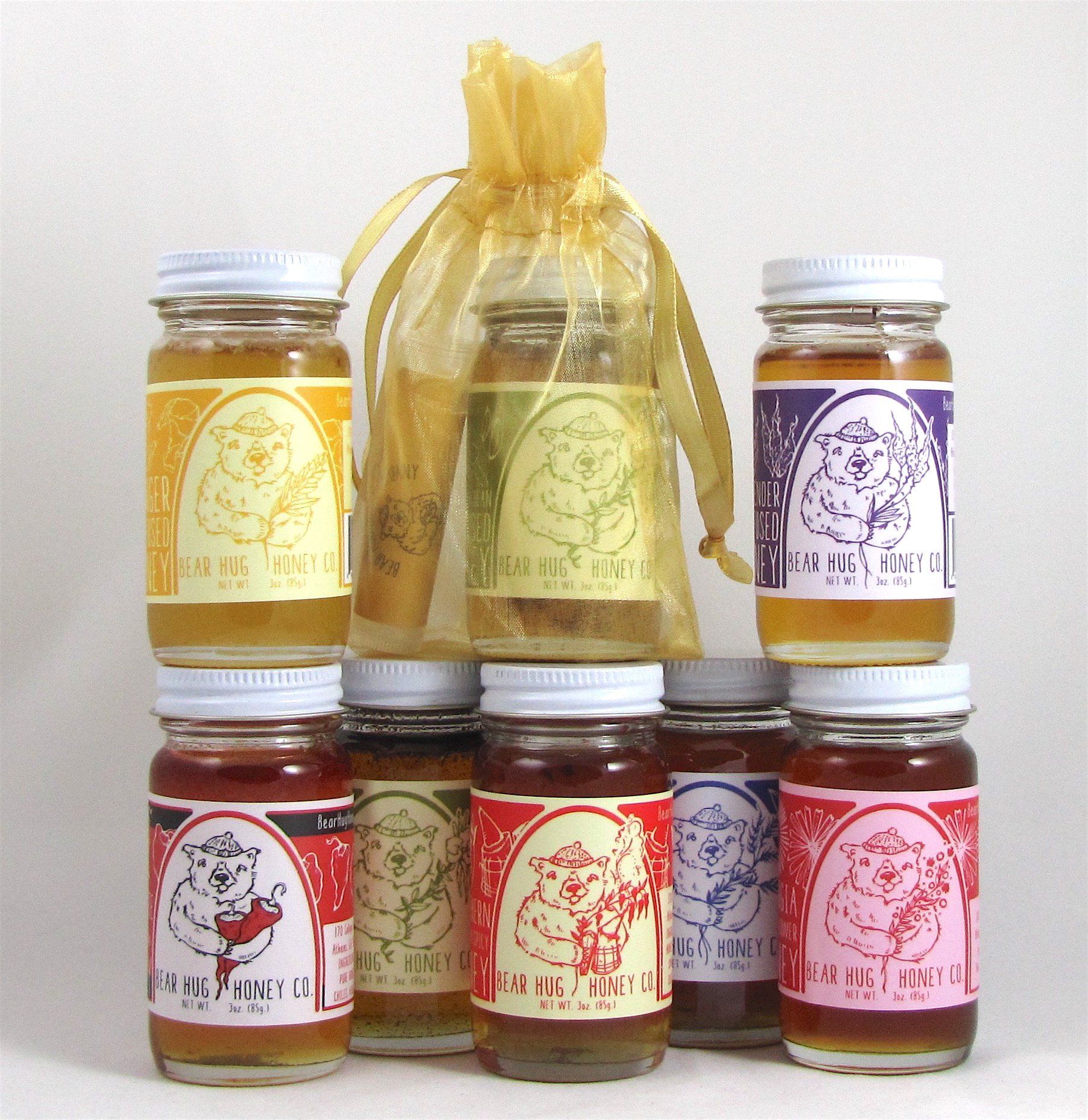
We just wanted to let you know that we would love to be a part of your Athens weddings, and we have a wide variety of honeys and body care to choose from for any Athens Wedding Gifts & Favors! We offer bulk discounts for our honeys and are more than happy to work with you to make your Wedding Day extra sweet!


